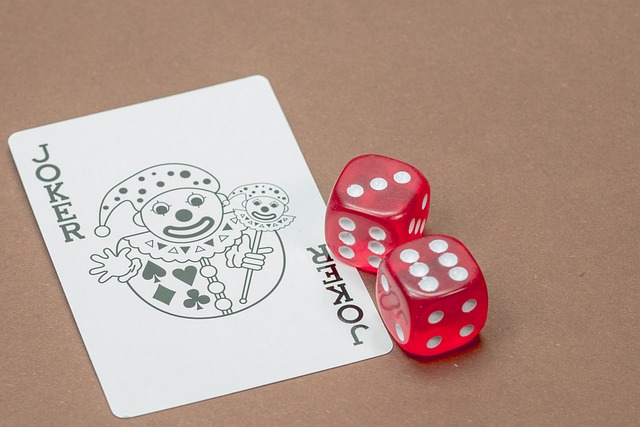Online poker has been a staple of digital gambling for over two decades, giving players the opportunity to test their skills against others from the comfort of home. But the arrival of virtual reality (VR) has introduced a new dimension to the game—literally. With VR poker, players can now step into 3D environments that replicate the feel of real casinos, complete with avatars, voice chat, and interactive elements.
While both formats allow you to play poker remotely, the experience of VR poker is vastly different from the 2D online poker rooms many are used to. Each option has its strengths and limitations, and understanding those differences can help you choose the right platform for your preferences and goals.
Let’s dive into how VR poker stacks up against standard online poker—and what makes each unique.
Immersion and Realism
Traditional online poker offers a flat, interface-driven experience. You click buttons, view avatars, and follow action on a 2D screen. In contrast, VR poker places you inside a virtual casino, where you can move your hands, look around the room, and observe other players’ body language—often in real-time.
In VR environments, players are represented by avatars that mimic gestures and reactions, creating a more lifelike setting. You can physically pick up chips, point, fold cards, and even throw objects (harmlessly) across the table. Audio cues add further realism, with spatial voice chat allowing you to hear players from their positions around the table.
This immersive environment creates a stronger emotional and psychological presence, making VR poker feel closer to live poker than any online variant has before.
Player Interaction and Social Dynamics

One of the biggest differences between the two formats is social engagement. In standard online poker, communication is limited to chat boxes and preset emoji or emotes. VR poker, however, allows for live voice conversations, facial expressions (on supported devices), and natural gestures.
This shift makes bluffing, reading opponents, and casual conversation more dynamic. Players can pick up on subtle social cues—just like in a physical poker room. While not everyone uses these features strategically, the added layer of realism can influence gameplay and make the experience feel more authentic.
VR poker fosters a more social environment, often leading to repeat games and longer sessions as players build rapport and return for both the game and the interaction.
Learning Curve and Technology Requirements
Online poker is easy to access. Anyone with a phone, tablet, or computer can join a table within seconds. VR poker, on the other hand, requires specialized equipment like a VR headset (e.g., Meta Quest, HTC Vive, Valve Index) and often a compatible PC or console.
The setup is more involved, and new users must also learn how to navigate virtual environments. Moving through casino lobbies, interacting with objects, and handling chips virtually takes time to master.
For seasoned poker players new to VR, this can feel like an extra hurdle. But once accustomed to the mechanics, many find the experience more engaging and enjoyable than clicking on a standard screen.
Game Availability and Stakes
Most traditional online poker platforms offer a wider range of games and higher stakes. Whether you’re looking for Texas Hold’em, Omaha, tournaments, or Sit & Go’s, major platforms like PokerStars, partypoker, and GGPoker provide expansive options.
VR poker platforms like PokerStars VR or Casino VR Poker tend to focus on social play and Texas Hold’em, with lower-stakes environments and token-based economies. While some offer real-money games, many are centered around community and interaction rather than competitive grinding.
For those looking to practice, socialize, or play casually, VR poker is an excellent fit. But for high-volume, professional, or high-stakes players, traditional online poker remains the dominant choice.
Gameplay Experience and Strategy

From a strategic standpoint, the core rules of poker remain the same. However, VR poker introduces new variables that can affect decision-making. Players can use physical movements to feign confidence or display hesitation. Table talk becomes more relevant, and observing avatar behavior adds new dimensions to your reads.
Meanwhile, online poker is more data-driven and analytical, with HUDs (Heads-Up Displays), hand history tools, and real-time statistics shaping decision-making for serious players.
For strategy-focused users, online poker offers more tools and structure. But if you prefer a natural, human-centered experience, VR poker delivers a unique blend of fun and psychology.
In summary, VR poker is about experience and realism, while traditional online poker is about scale and structure. VR brings the casino to you in a more physical, social way, ideal for players who miss the face-to-face dynamics of live games. Online poker remains the better option for high-volume play, multitabling, and professional grinding.
As VR technology continues to evolve, expect these worlds to merge even more—bringing real-money games and expanded features into immersive spaces. For now, your choice depends on what you value most: accessibility and efficiency, or immersion and interaction.
